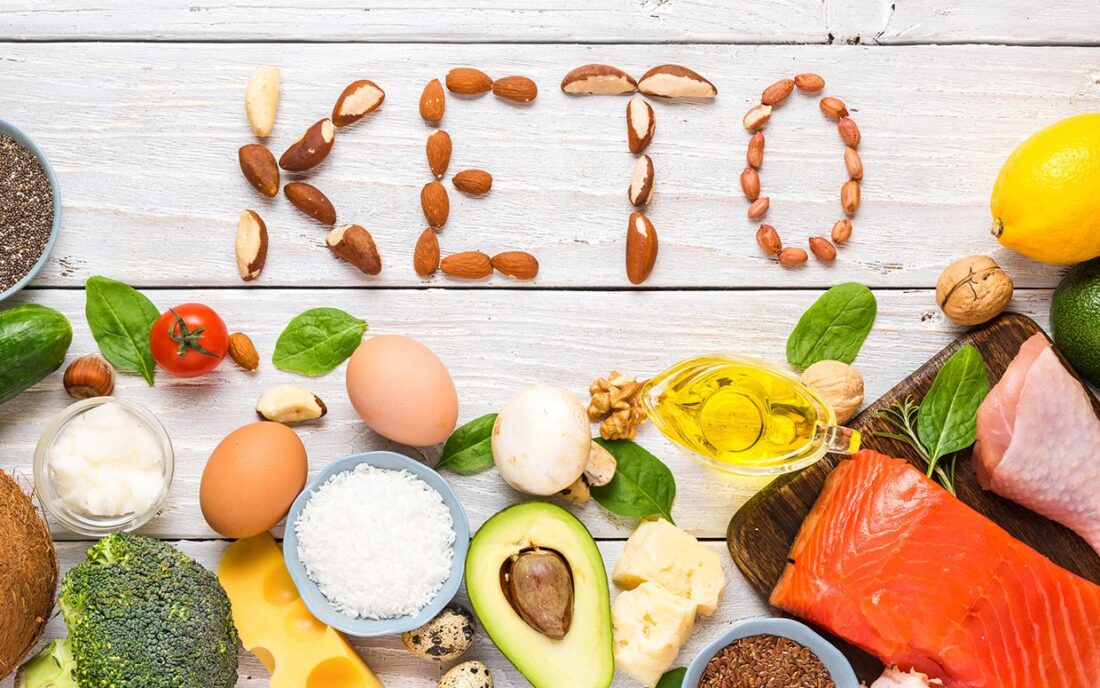What Chiropractic Patients Want to Know About the Ketogenic Diet
If you have been paying any attention to the latest diet trends, the ketogenic diet has probably come under your radar. The diet has been gaining popularity for a while now and may stay that way—as those who follow the diet are able to obtain some impressive weight loss and other health improvements. The main question about the ketogenic diet is whether it is sustainable or not. It is a challenging diet to maintain, which means you will need to be quite motivated over the long-term to make it a permanent lifestyle.
Understanding Ketosis
Under normal dietary conditions, the body burns glucose for energy. Glucose, which comes from carbohydrates, is easy to access and works well for fuel. But under the right dietary conditions, it is possible to put the body into a state of ketosis, where it starts to burn fat for energy.
How the Ketogenic Diet Works
The ketogenic diet is designed to put your body in a state of ketosis. Successful ketogenic dieters are able to burn fat at a relatively rapid rate. But reaching ketosis requires eating a lot differently than most people eat, especially those eating the Standard American Diet (SAD). In fact, it requires eliminating almost all carbs.
There is actually quite a history behind the ketogenic diet. It was developed over 100 years ago to help children suffering from seizures. There are definitely proven benefits to ketosis for at least the short term.
The average keto diet consists of 75% fat, 20% protein and 5% carbohydrates. Achieving this ratio takes focus and persistence, but it does start getting results quickly. It only takes around 72 hours to start going into ketosis and burning your body’s fat for energy.
What do Ketogenic Dieters Eat?
Popular foods in the keto diet include:
- Dairy that is high in fat—like butter, high-fat cream and hard cheeses
- All types of meat—including beef, lamb, chicken, turkey, pork
- Eggs
- Seeds and nuts—including walnuts, pecans, almonds, peanuts, macadamias and sunflower seeds
- Avocado
- Berries
- Broccoli and cauliflower
- Leafy greens—like kale, spinach, lettuces
- Coconut oil
- Saturated fats
What do Ketogenic Dieters Avoid?
There are some foods that the keto diet definitely does not include:
- All grains—including wheat, corn, rice, oats, etc.
- Legumes—beans, peas, etc.
- Fruit—bananas, apples, oranges, pears, plums, grapes, oranges, etc.
- Tubers—yams, sweet potatoes, russet potatoes
- Sugar for sweetening—agave, maple syrup, honey
What are the Challenges of the Ketogenic Diet?
Being a successful keto dieter requires a serious commitment to the task at hand. With the exception of perhaps the Inuit in the Arctic, it is difficult to think of a culture that does not eat any grains, fruit or tubers. Most meals are built around these staples. That means that finding a restaurant or going over to dinner at someone’s home and eating keto requires being very selective in what you choose. The best way to maintain your diet is to plan your meals and eat mostly what you make yourself.
The number of keto-specific options available at grocery stores and in restaurants has grown in recent years, but not enough to allow you to eat out at every meal and maintain your diet.
The biggest challenge of the keto diet is maintaining it over the long-term. Few people have the willpower to totally avoid pasta, bread, potatoes, fruit, sugar and beans for years at a time. That does not mean you cannot try the diet out, switch to a regular or different diet, then switch back again if you choose.
Here for Your Health
As your chiropractic team, we are here to help you achieve and maintain optimal health. If you have questions about the ketogenic diet or other diets—or you just want to eat healthier—we would like to help. Contact us today to get started.


